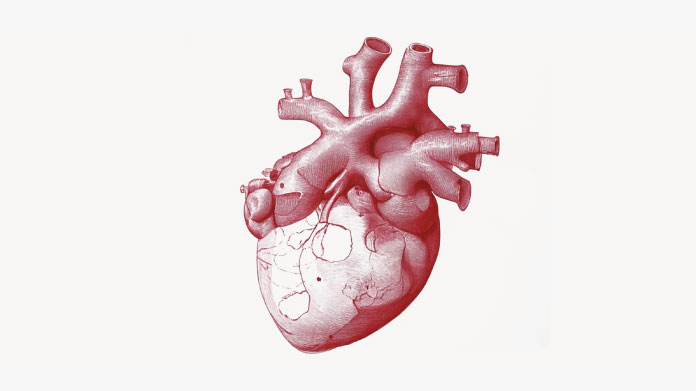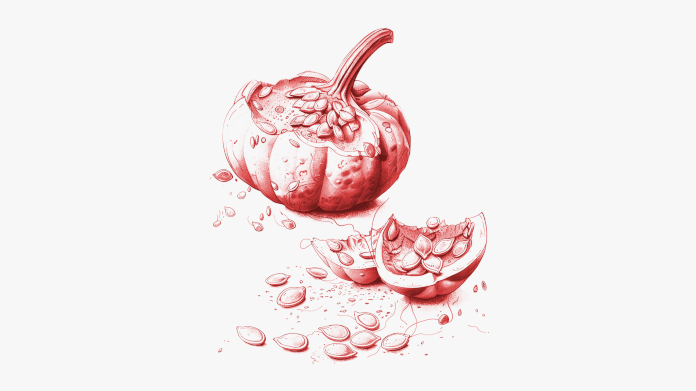Top 10 Anti-cholesterol Foods
We have prepared this list of the ten best foods for regulating, preventing, and reducing bad cholesterol. Include these foods in your menus as regularly as possible.

Sardines
Why? Sardines contain good amounts of omega-3, an essential acidthat protects arteries. Eating three servings of fatty fish (such as sardines or mackerel) per week is recommended to limit cholesterol.
How? Fresh sardines can be cooked whole and eaten grilled. You can marinate sardine fillets in lemon juice and a little olive oil with some chopped onions. Canned sardines are ideal for livening up a salad.
Nuts
Why? Nuts contain the ideal combination of good fats, fibers, and phytosterols, vegetable sterols, which have each proven effective in regulating cholesterol.
How? Include chopped nuts in a salad or ground nuts in a cake.
Apples
Why? Apples contain high amounts of antioxidants, which protect the cardiovascular system, as well as pectin, which prevents the absorption of fat. To take advantage of these benefits, eat 2-3 apples a day.
How? Apples are best eaten raw, with the skin still on. You can also slice apples and add them to yogurt, salads, and cereals.
Oats
Why? Eighty percent of oat fibers are beta glucans, which have the benefit of lowering blood cholesterol.
How? Oat bran, which is especially rich in beta glucans, can irritate the intestines. Eat small amounts of oat bran (never more than three tablespoons per day). Rolled oats, even if whole, are much better tolerated.
Avocados
Why? A recent American study found that eating one avocado per day led to reduced blood cholesterol, largely because avocados contain oleic acids.
How? Avocados are best eaten raw (without vinaigrette or mayonnaise), by themselves or in a salad. Be careful how you eat guacamole, however, as it is generally served with chips.
Chickpeas
Why? Chickpeas are very interesting due to their content of soluble fibers, which reduce absorption of bad cholesterol (LDL).
How? If you buy dry chickpeas, soak them for 24 hours before cooking, changing the water several times. After cooking, chickpeas can be eaten cold (in salads) or hot (in vegetable stir fries, for example). Mix chickpeas with lemon and sesame paste to make hummus.
Soy
Why? Soy isoflavones, which contain polyunsaturated fats and fibers, protect the cardiovascular system and lower blood lipid levels.
How? Tofu, soy yogurt, and soy steak are just a few examples of the great variety of soy-based products.
Flaxseed
Why? Studies have shown that flaxseed (you should eat 20-30 g per day) could lower cholesterol significantly in people with hypercholesterolemia.
How? Sprinkle ground flaxseed liberally in your foods (such as cereals, yogurt, soup, and salad)
Eggplant
Why? Eggplant contains high amounts of soluble fibers, especially protopectins, which have the capacity to “trap” cholesterol. Eggplant also has high antioxidant power, making it a champion in the fight against the oxidation of cholesterol, which leads to arterial plaque formation.
How? Steam eggplant or braise it to limit added fat.
Tomatoes
Why? Tomatoes (like carrots or other colored vegetables) contain lycopene, a powerful antioxidant. An Australian meta-analysis concluded that lycopene helps reduce “bad” cholesterol.
How? Eat tomatoes raw, in salads, mixed in juices, or in soup. You can also cook tomatoes à la provençale or make tomato sauces.
Keywords
1 Days
Availability of quality health…
Availability of quality health supplements and it's wide variety is impressive. Ordering is seamless and shipping even during the holidays is well streamlined.
Mohamad Hussein
15 Days
A Product worth waiting for when not…
A Product worth waiting for when not available and then arriving as a surprise!
DOMINIC
17 Days
On time shipping
On time shipping
GEORGE Verne
19 Days
Ordering was easy and the product was…
Ordering was easy and the product was delivered with no problems. Appreciated that I was notified when it would arrive. Thanks!
MascarC
24 Days
Great customer service - responsive …
I ordered from them and my item was unavailable for sometime. I was super happy when they reactivated my order and shipped my item which arrived very quickly. Great customer service.
Ruth Rueter
25 Days
Super fast shipping
Super fast shipping
Donald Borling
28 Days
Reputable companysearch and the number of…
The research and the number of selection of products.
NAKHJAVAN Shervin
41 Days
The Anti Aromatase is a great product
The Anti Aromatase is a great product. You just need to have constant inventory. Recently this product has been out of stock.
GEORGE Verne
43 Days
Great help on chat
Great help on chat. Knowledgeable and friendly.
Jason Argos
46 Days
Customer service was fast and friendly.
Customer service helped to stop the transaction process of the subscription. I appreciated that.
Greenie
47 Days
I order here due to the high quality of…
I order here due to the high quality of the products and the quick delivery of items - thank you
Barbara J
48 Days
SuperSmart's Eye Pressure supplements: highly recommended!
I purchase SuperSmart's Eye Pressure supplements regularly for over 5 years, and gotta say they are truly a wonderful product for my Glaucoma. Highly recommended if you have eye pain from your Glaucoma.
D. Martinez
53 Days
Quick service
Quick service
MONELL
53 Days
Speedy service.
Speedy service.
ROSENTHAL Marvin
57 Days
Clear website- Efficient
Clear website. Excellent search engine and fast delivery!
Mohamad Hussein



